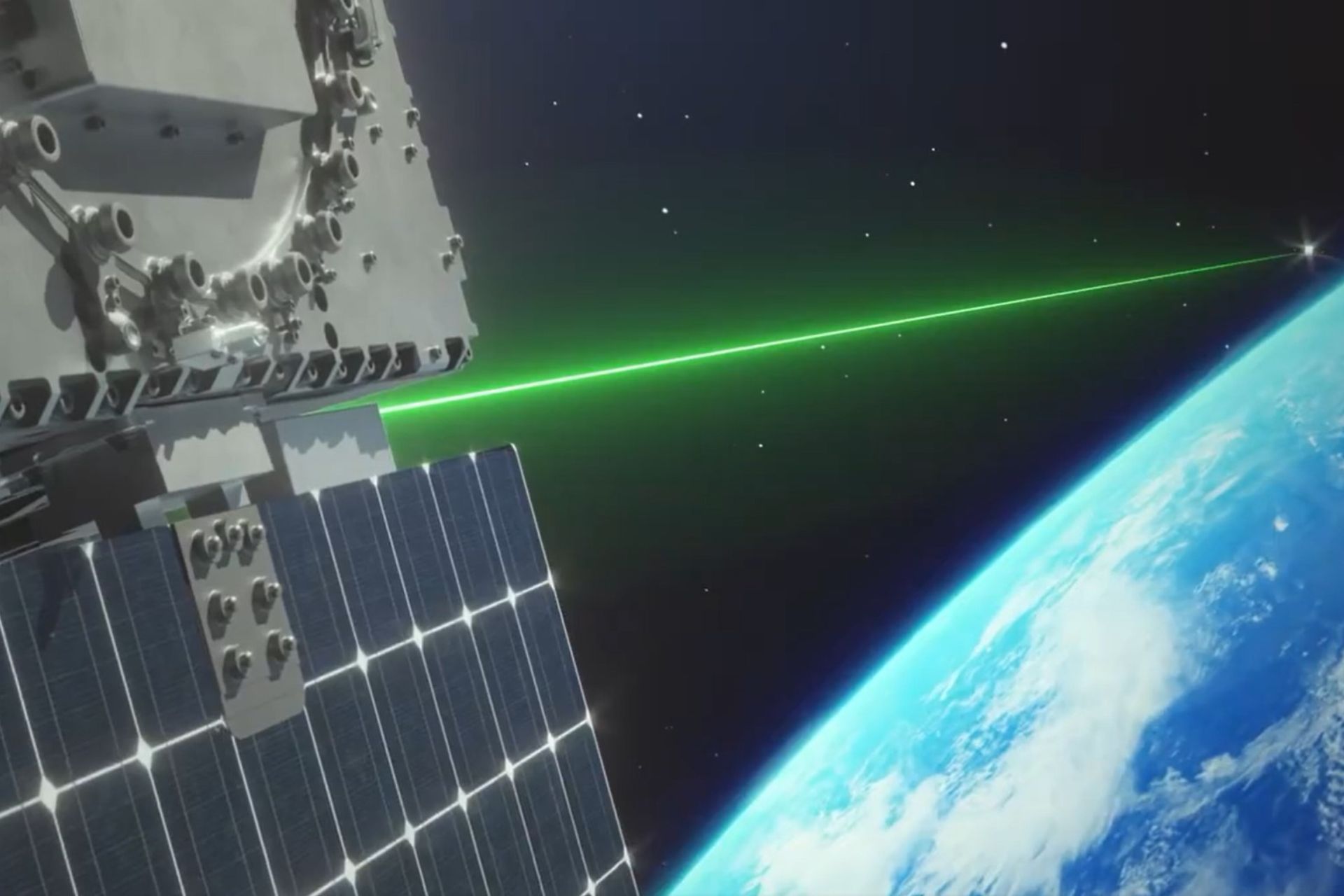Breaking News
French Army's TOUTATIS Project Targets Hostile Interference in Space.
During his last hearing before the National Assembly as Chief of Staff of the French Air and Space Force, General Stéphane Mille discussed the current situation in space. He highlighted the growing number of “close approaches between objects” in all orbits, necessitating the development of active defense capabilities. In response to these challenges, the Ministry of the Armed Forces has implemented a series of programs to strengthen space security, including the TOUTATIS demonstration, which complements other initiatives such as YODA.
Follow Army Recognition on Google News at this link

The TOUTATIS demonstration, complementing the YODA project, aims to establish a comprehensive knowledge and response chain in low Earth orbit (LEO) (Picture source: Agence Innovation Defense)
In 2019, the Ministry of the Armed Forces launched the Space Defense Strategy (SSD) and the YODA program (Eyes in Orbit for an Agile Demonstrator). This initiative aims to deploy two “watcher-patrol” nanosatellites in a near-geostationary orbit. The goal is to ensure continuous monitoring of space objects and prevent any malicious activity. Additionally, two projects have been included in the 2024-30 Military Programming Law (LPM): BLOOMLASE, a laser system intended to blind observation satellites from the ground, and FLAMHE, which involves deploying lasers in orbit.
However, the risks of spatial interference affect all types of orbits. It is in this context that the Directorate General of Armaments (DGA) initiated the TOUTATIS demonstration (In-Orbit Test of Action Techniques Against Space Interference Attempts) on behalf of the Space Command (CdE). Announced on September 17, TOUTATIS represents the first step in the low Earth orbit defense strategy, as part of Operation Ares (Action and Space Resilience). This operation has three main objectives: to enable the CdE to catalog all space objects in orbit (approximately 60,000), to identify potential malicious actions, and, ultimately, to counter them.
The TOUTATIS demonstration, complementing the YODA project, aims to establish a comprehensive knowledge and response chain in low Earth orbit (LEO). It will rely on technologies stemming from innovation in the space sector. The project involves the satellites "Splinter" and "Lisa1," designed by the start-up U-Space, and will benefit from MBDA's expertise in military engagements and satellite protection.

In addition to YODA, Splinter, and Lisa1 are part of the EGIDE project (Geoderivative Engine for Intervention and Deterrence), also integrated into Operation Ares (Picture source: DGA)
The Splinter satellite will feature high maneuverability and a set of subsystems allowing for autonomous approach and action. Lisa1, on the other hand, will serve as a “watcher satellite.” Both satellites will carry out opposition or cooperation scenarios to verify the operational performance of the low Earth orbit action satellite and the space surveillance capabilities of the watcher satellite. The DGA emphasizes that TOUTATIS strictly adheres to international law, including the right to self-defense, in line with France's commitment to the peaceful and responsible use of outer space.
In addition to YODA, Splinter and Lisa1 are part of the EGIDE project (Geoderivative Engine for Intervention and Deterrence), also integrated into Operation Ares. This operation relies on the GRAVES radar (Large Network Adapted to Space Surveillance), which is set to be replaced by 2030, as well as on a high-capacity computer. This computer will enable the CdE not only to analyze all surveillance data but also to predict the trajectories of referenced space objects.
The development of these projects reflects France's intention to strengthen its defense capabilities in space, in response to the growing potential threats in low Earth orbit.


























